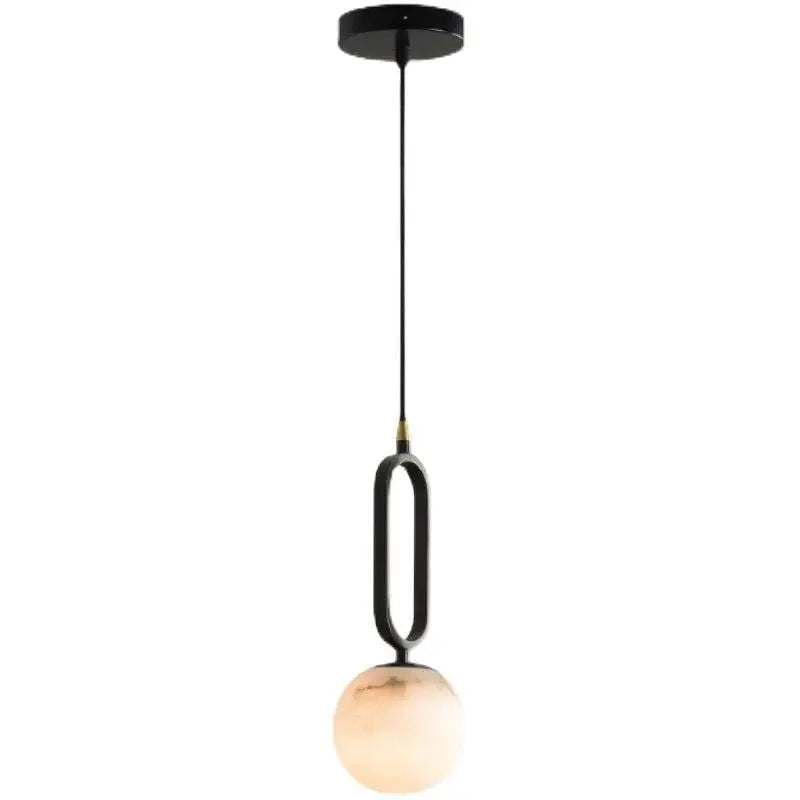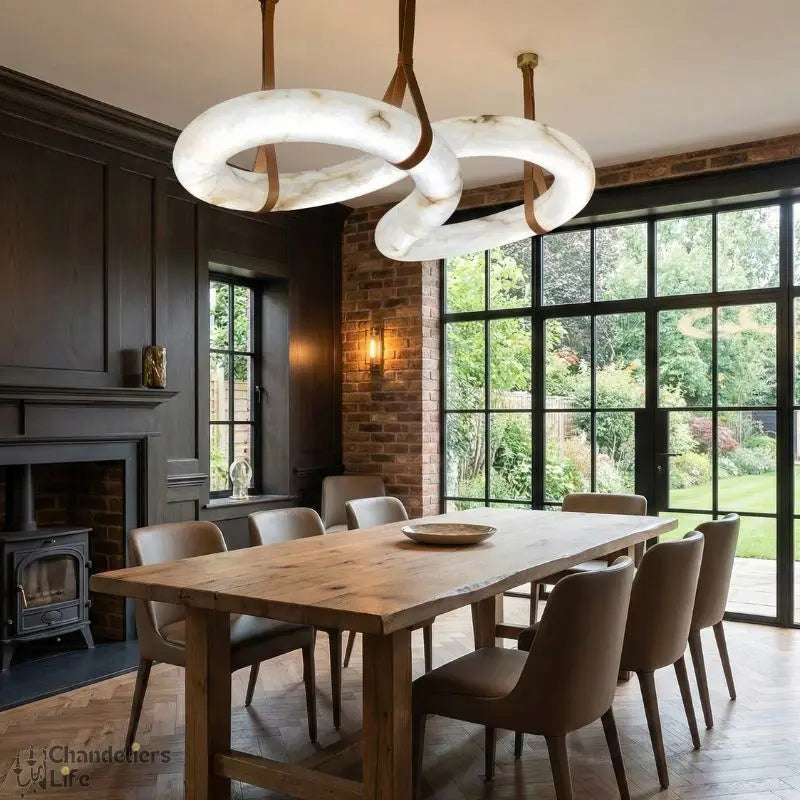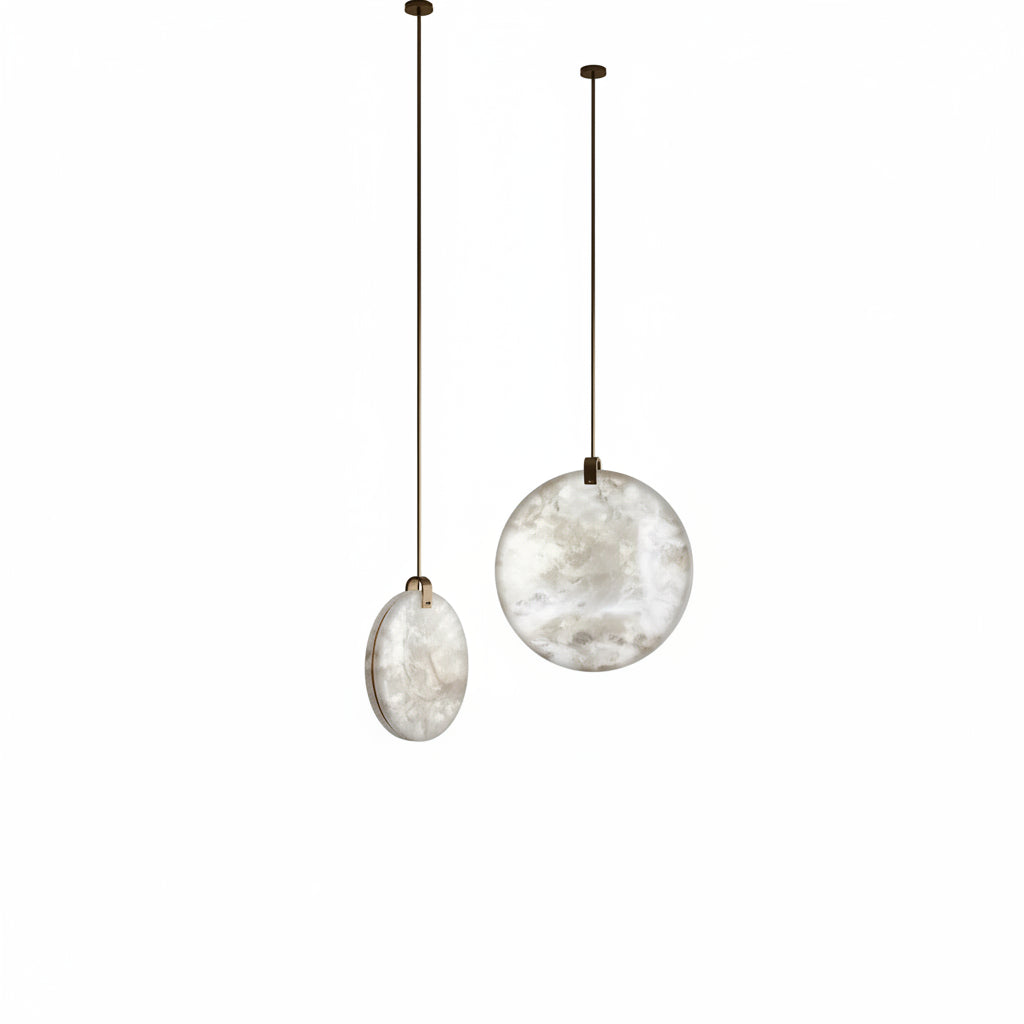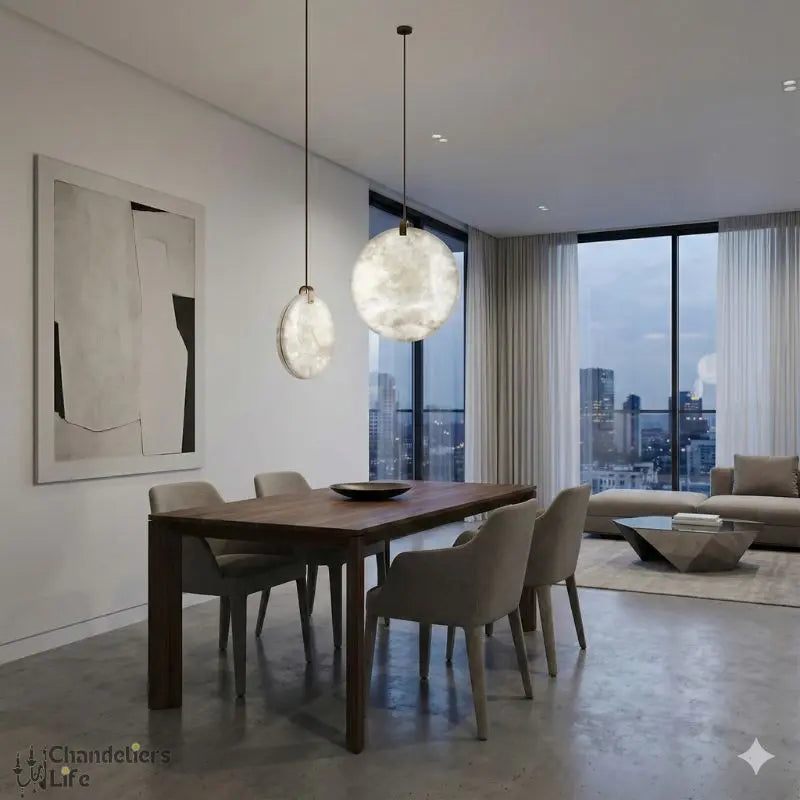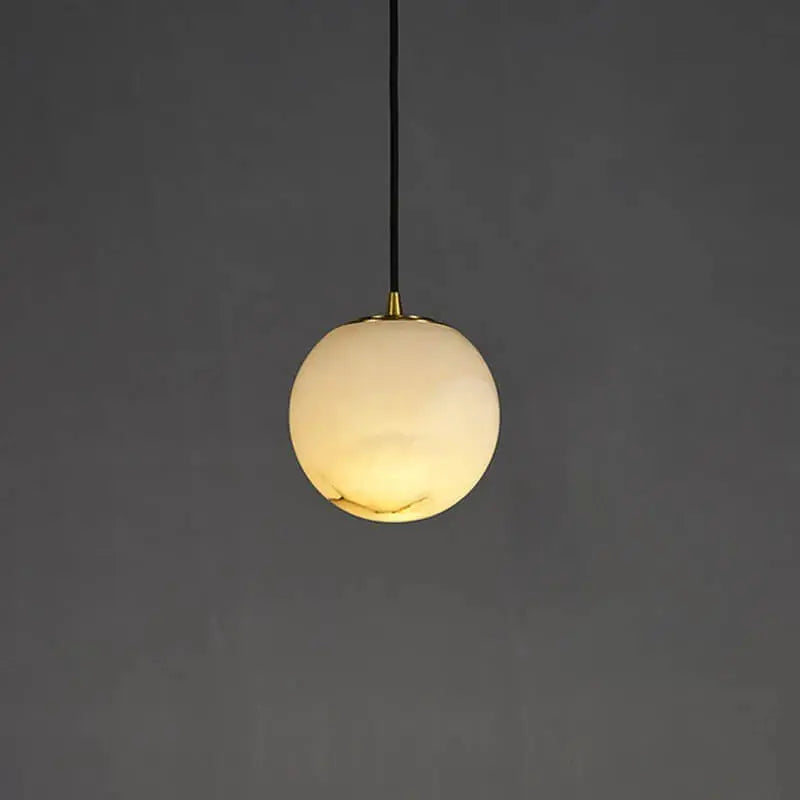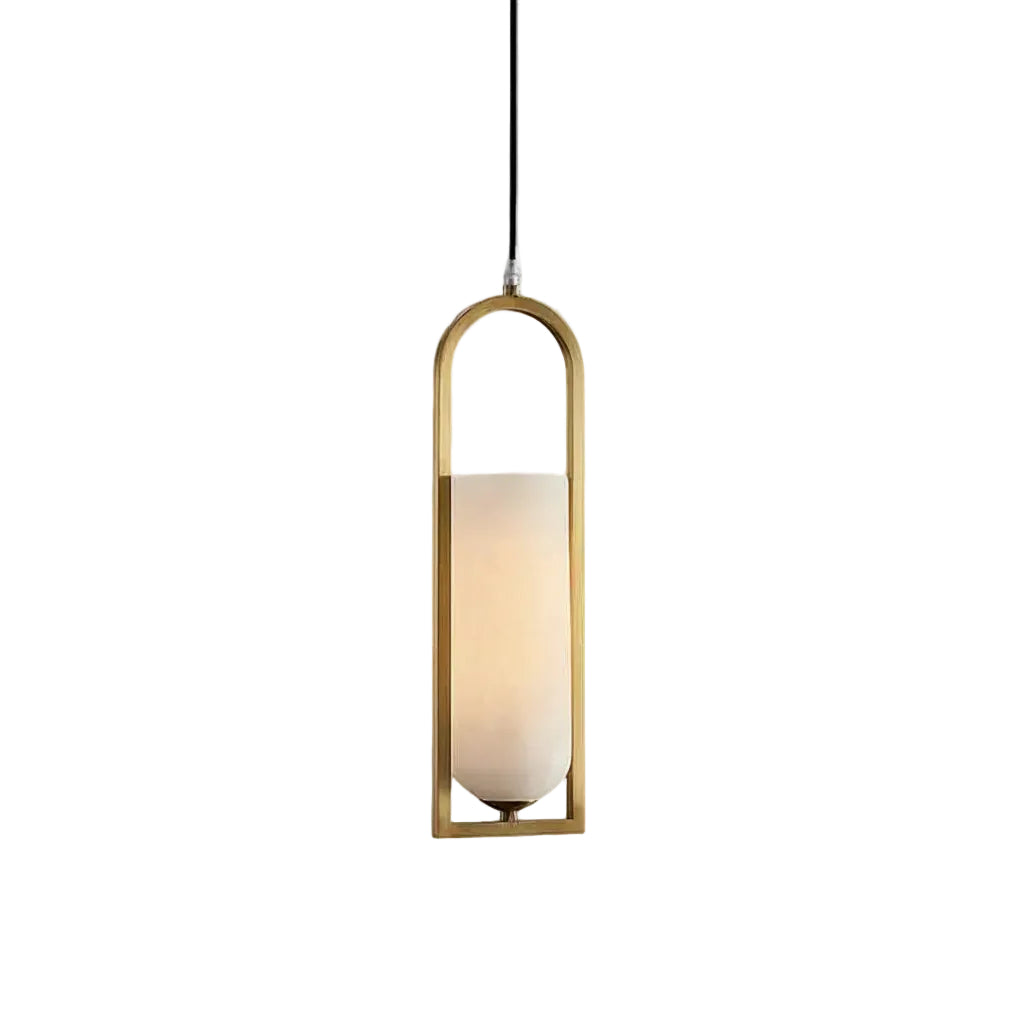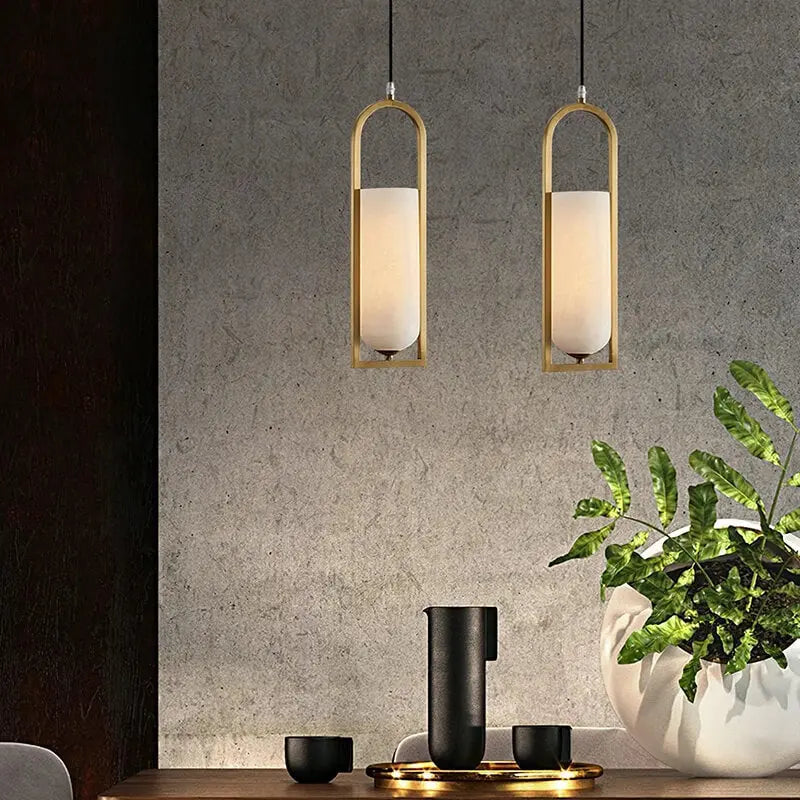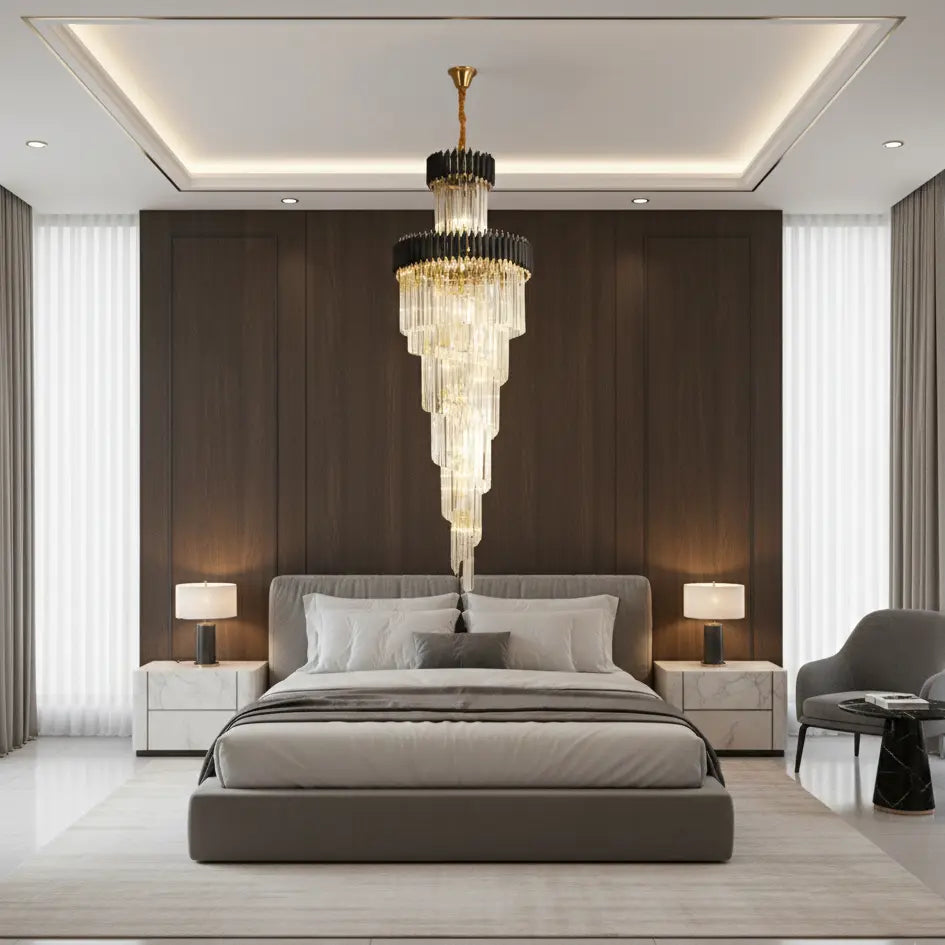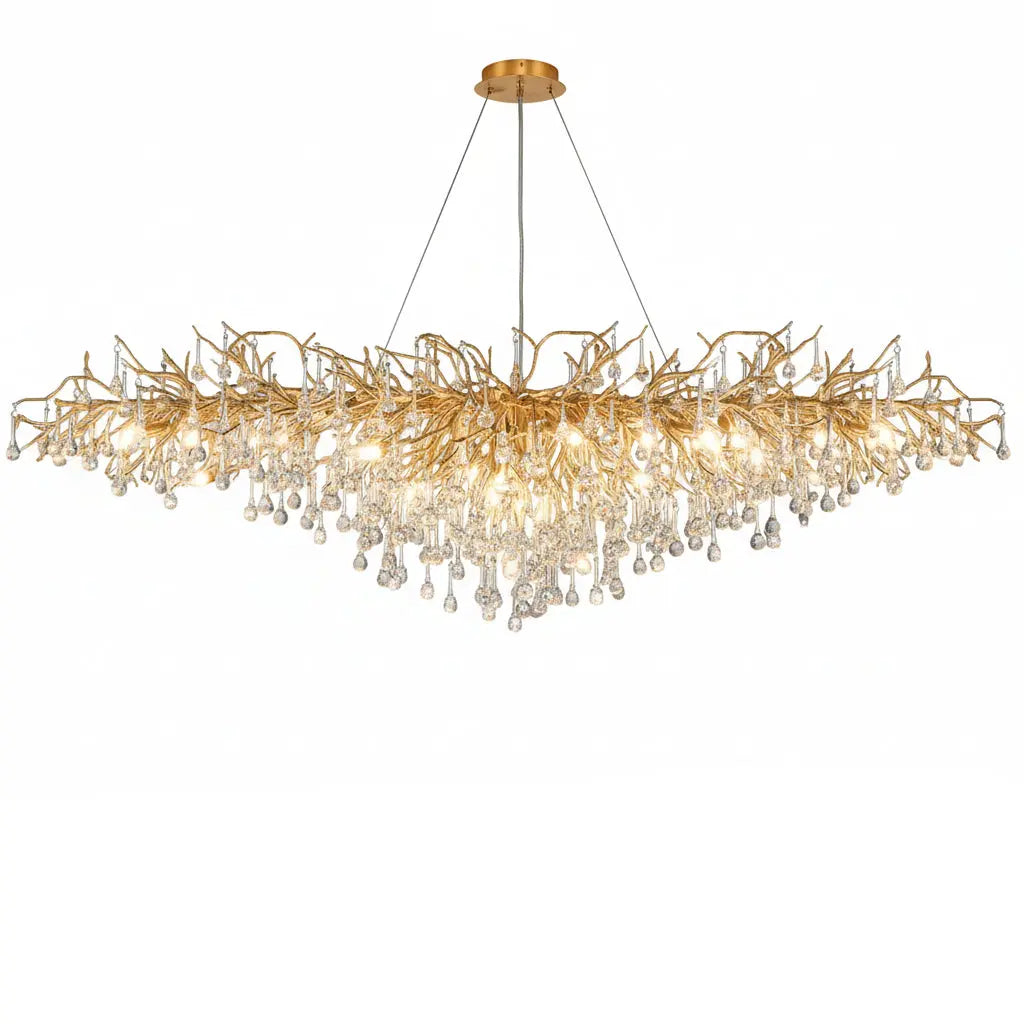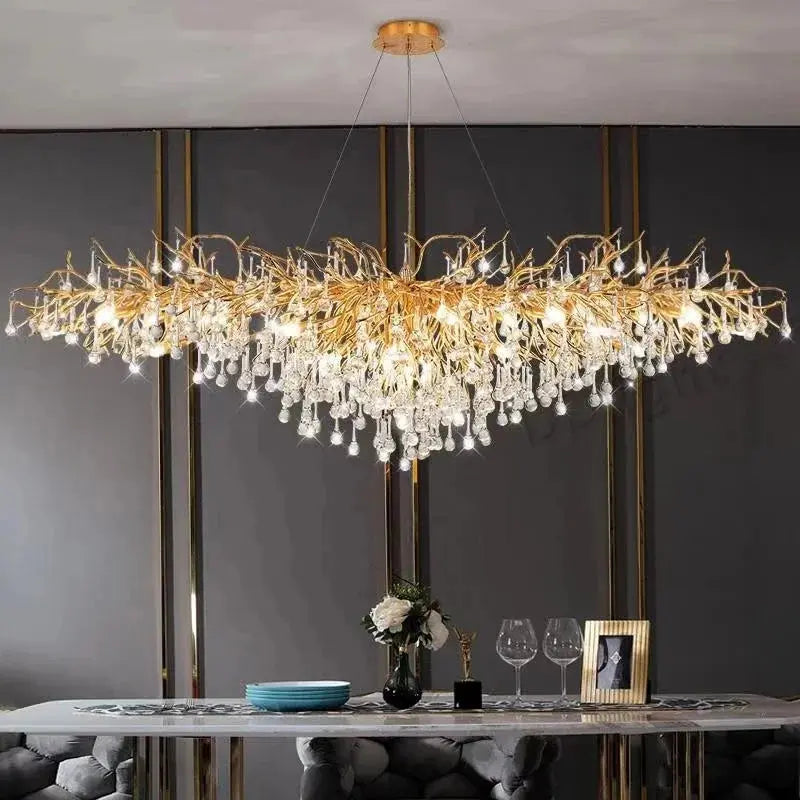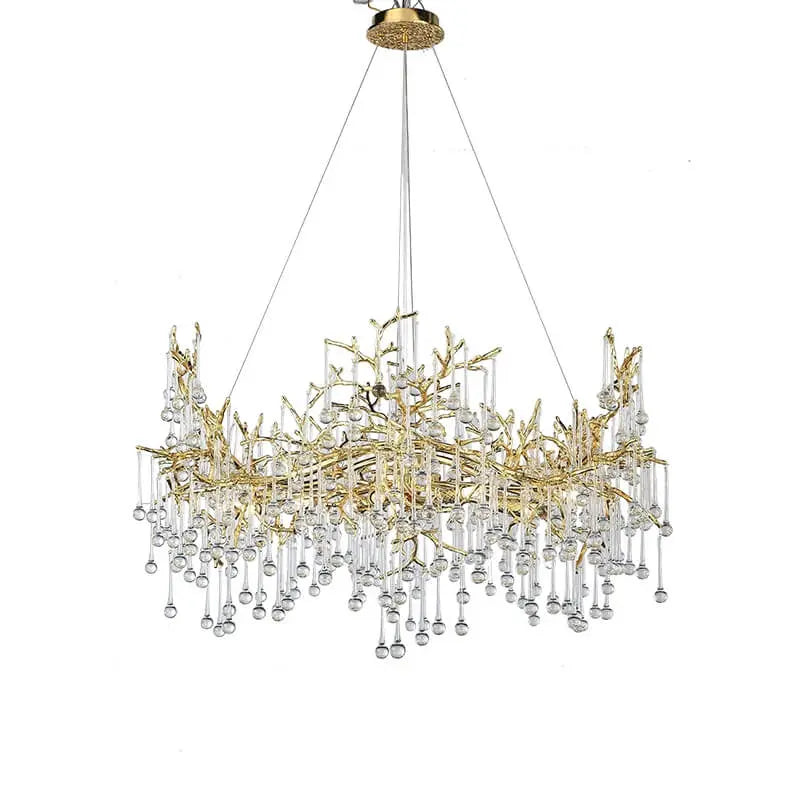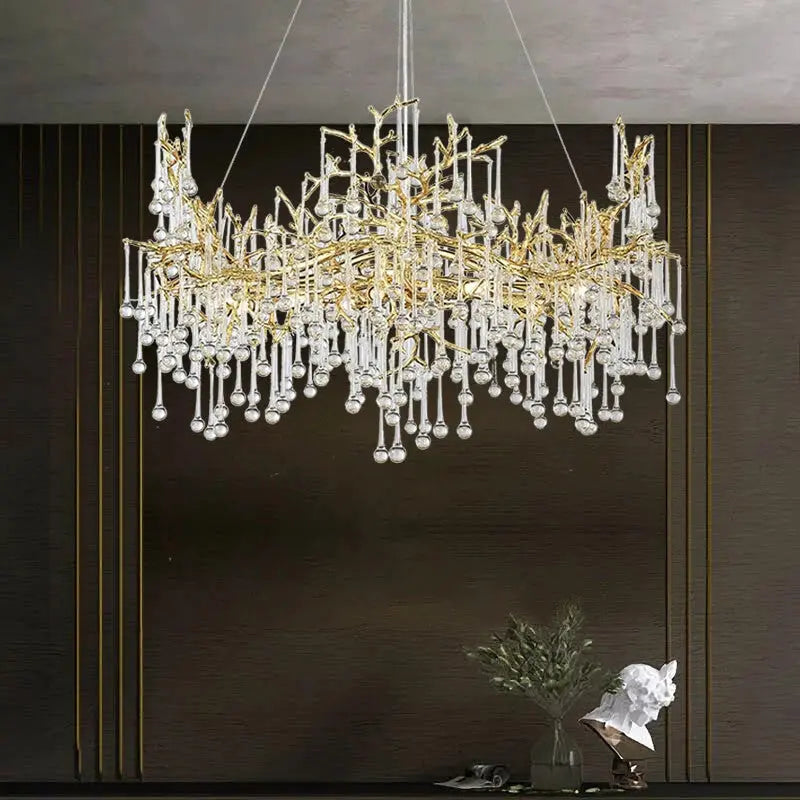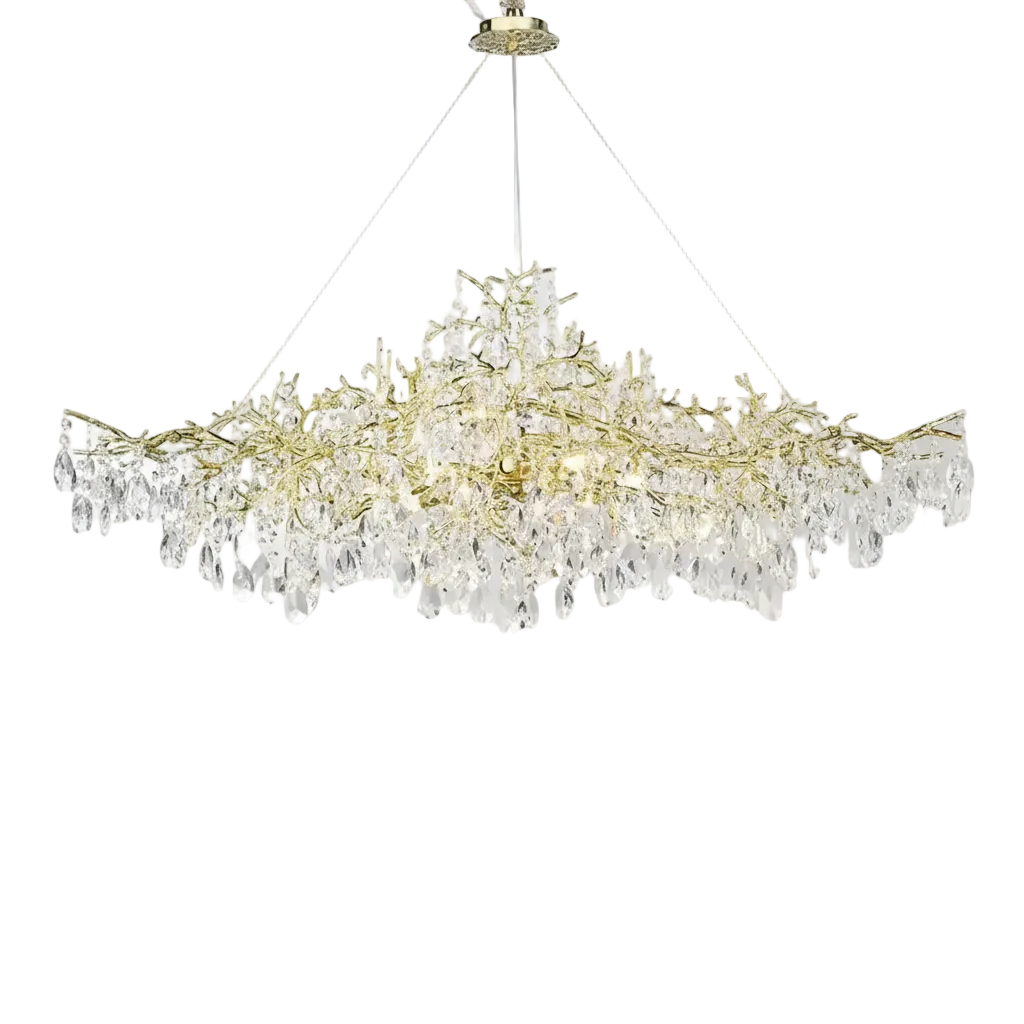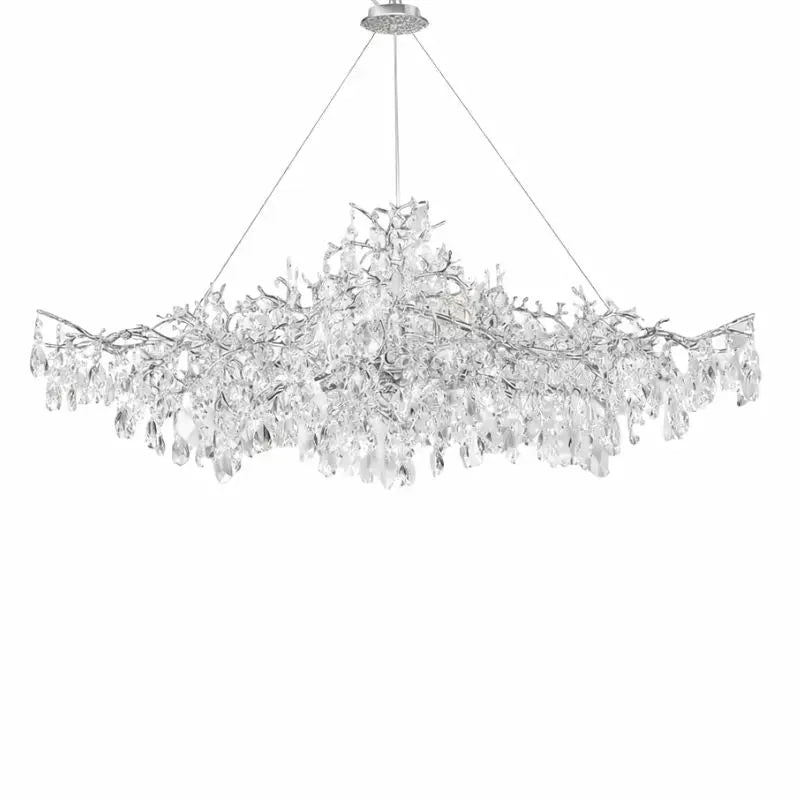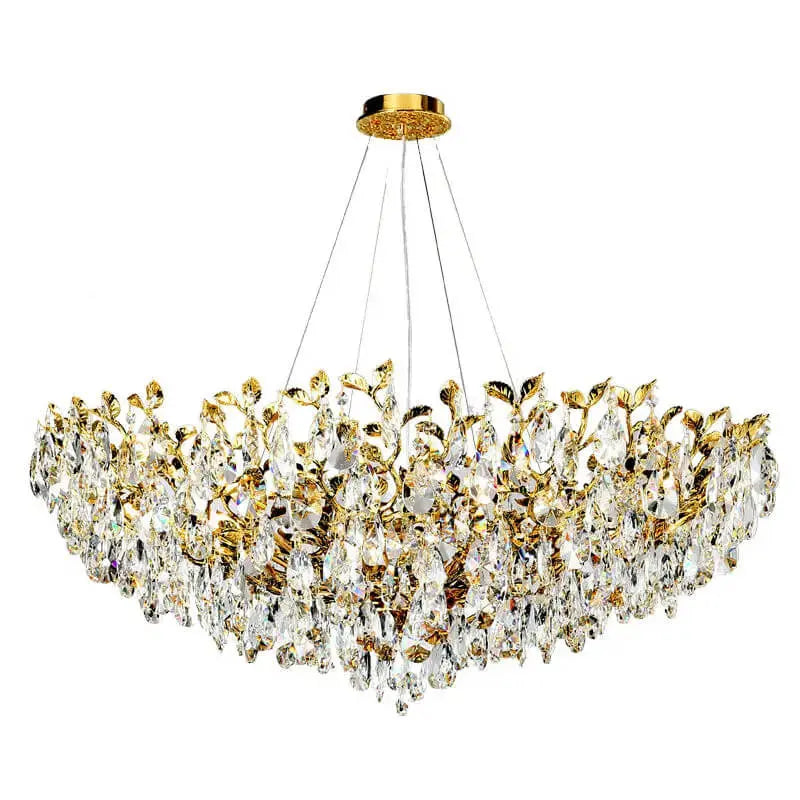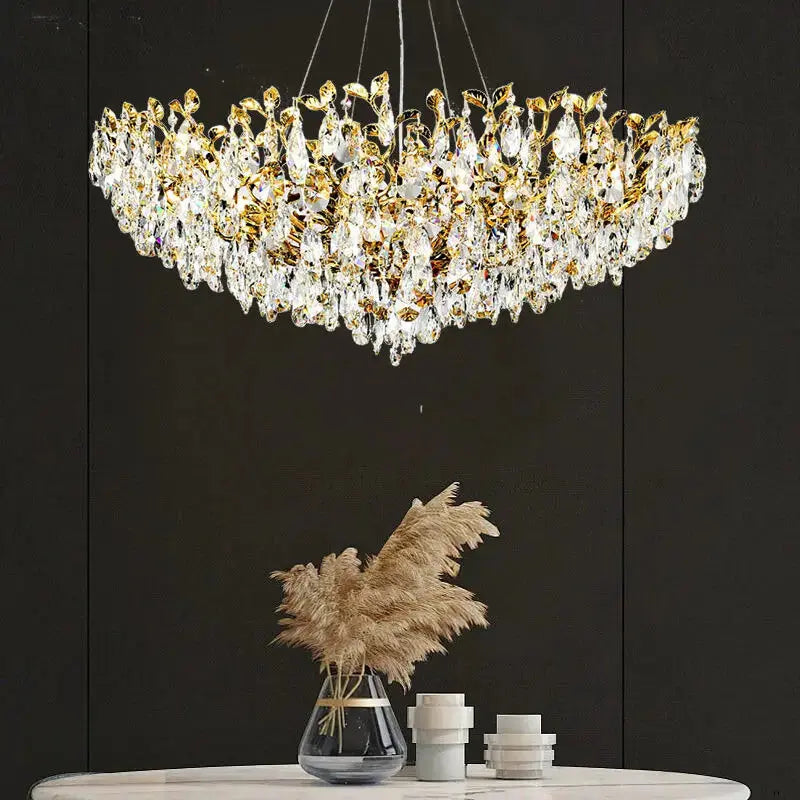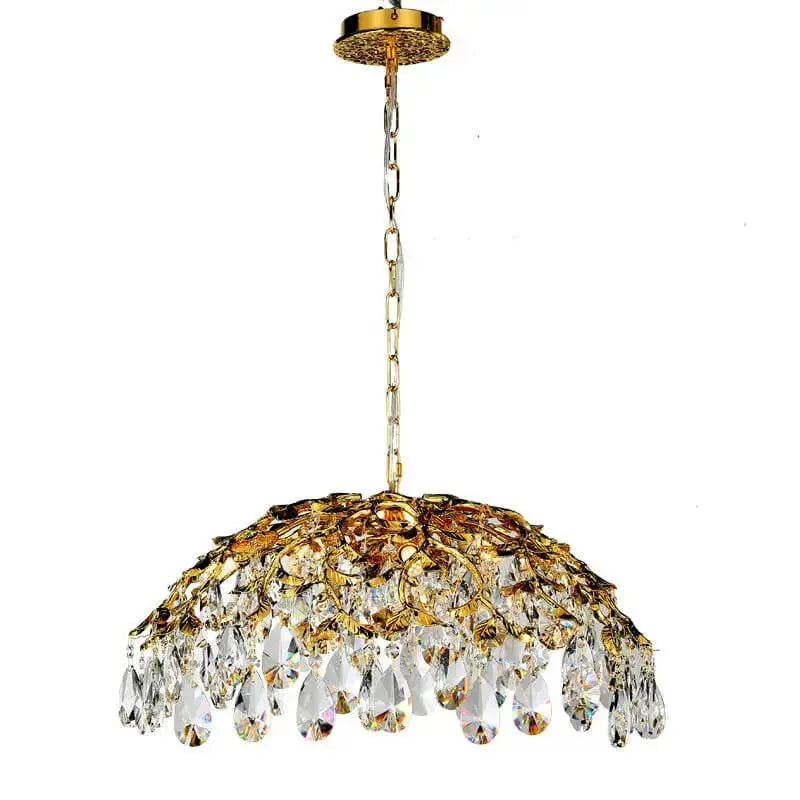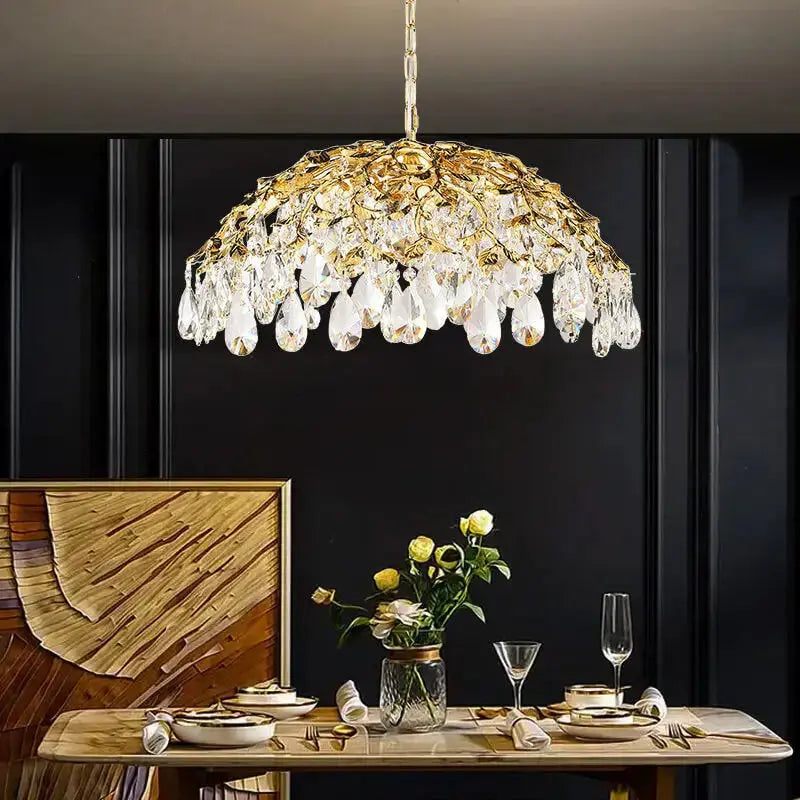Choosing the right LED garden spot lights can transform your outdoor space into a beautiful and functional area. With so many options available, it can be tough to know where to start. This guide will help you understand the different types of LED garden spot lights, how to design your garden lighting, tips for installation, and more. Whether you want to create a cozy ambiance, highlight specific features, or ensure safety, we've got you covered.
Key Takeaways
- Understand the different types of LED garden spot lights and their uses, such as string lights, path lights, and spotlights.
- Design your garden lighting by planning a scheme, choosing the right color temperature, and layering different types of lights.
- Follow installation tips to ensure a safe and durable setup, whether you hire a professional or do it yourself.
- Consider energy efficiency and sustainability by exploring the benefits of LED technology and solar-powered options.
- Avoid common mistakes like overlighting your garden, ignoring safety considerations, and choosing the wrong light fixtures.
Understanding Different Types of LED Garden Spot Lights
Choosing the right LED garden spot lights can be overwhelming with so many options available. Here are some of the most popular types to help you decide:
String Lights for Versatile Decor
String lights are perfect for draping over trees, fences, or pergolas. They come in various colors and styles, from traditional incandescent bulbs to modern LED orbs. These lights are great for creating a magical atmosphere in your garden.
Path Lights for Safety and Ambiance
Path lights are ideal for lining walkways, driveways, and steps. They provide safety and ambiance without creating glare. These low-profile lights ensure that your garden paths are visible and safe to walk on.
Spotlights for Highlighting Features
Spotlights are used to highlight specific features of your garden, such as trees, sculptures, or water features. They can make any focal point stand out, adding depth and interest to your landscape.
Designing Your Garden with LED Spot Lights
Designing your garden with LED spot lights can transform your outdoor space into a magical nighttime retreat. Here are some key steps to consider:
Planning Your Lighting Scheme
Start by deciding what you want to achieve with your lighting. Do you want to enhance safety, create ambiance, or highlight specific features? Make a rough sketch of your garden and mark where you want to place the lights. This will help you visualize the final look and ensure you cover all important areas.
Choosing the Right Color Temperature
The color temperature of your LED lights can greatly affect the mood of your garden. Warm white LEDs are perfect for creating a cozy and inviting atmosphere, while cool white LEDs are better for task lighting and highlighting features. Consider mixing different color temperatures to add depth and interest to your garden.
Layering Different Types of Lights
Using a combination of different types of lights can create a more dynamic and visually appealing garden. For example, you can use spotlights to highlight trees and shrubs, path lights to illuminate walkways, and string lights to add a touch of whimsy. Layering your lighting will not only enhance the beauty of your garden but also improve its functionality.
With the right planning and selection, your garden can become a stunning nightscape that you'll enjoy all year round.
Installation Tips for LED Garden Spot Lights
Installing LED garden spot lights can transform your outdoor space into a magical oasis. Here are some essential tips to ensure a successful installation.
Planning Your Layout
Before you start, plan your layout carefully. Decide which areas you want to highlight, such as pathways, trees, or water features. Sketch a rough map of your garden and mark where each light will go. This will help you visualize the final look and ensure you have enough lights to cover all desired areas.
Hiring a Professional vs. DIY
When it comes to installation, you have two options: hiring a professional or doing it yourself. Hiring a professional can save you time and ensure the job is done correctly. However, if you're handy and enjoy DIY projects, installing the lights yourself can be a rewarding experience. Just make sure to follow all safety guidelines and local regulations.
Ensuring Safety and Durability
Safety should be a top priority when installing garden lights. Use lights that are specifically designed for outdoor use and have a high IP rating to withstand the elements. Protect the wiring by burying it underground or using conduit to prevent damage from moisture and pests. Regularly check the lights and wiring for any signs of wear and tear to ensure they remain safe and functional.
Proper planning and installation can help you create a stunning and safe outdoor lighting scheme that enhances the beauty and functionality of your garden.
Energy Efficiency and Sustainability of LED Garden Spot Lights
Benefits of LED Technology
LED garden spot lights are a brilliant choice for illuminating your garden. They offer several key benefits:
- Energy Efficiency: LED lights use much less power than traditional bulbs, which helps you save on electricity bills.
- Longevity: These lights last a long time, reducing the need for frequent replacements.
- Eco-Friendly: LED technology is better for the environment because it uses less energy and produces less waste.
Solar-Powered Options
Solar-powered LED lights are an excellent option for those looking to be more sustainable. They charge during the day and light up your garden at night without using any electricity from the grid. This makes them both cost-effective and environmentally friendly.
Long-Term Cost Savings
Investing in LED garden spot lights can save you money in the long run. Although they might be more expensive upfront, their long lifespan and low energy use mean you'll spend less on replacements and electricity over time.
Choosing LED garden spot lights is a smart way to make your garden both beautiful and sustainable.
Common Mistakes to Avoid When Using LED Garden Spot Lights
When setting up LED garden spot lights, it's easy to make mistakes that can affect the overall look and safety of your garden. Here are some common pitfalls to watch out for:
Overlighting Your Garden
One of the most frequent mistakes is overlighting your garden. Too many lights can make your garden look like a stadium. Instead, aim for a balanced look by using a mix of different lighting types and intensities.
Ignoring Safety Considerations
Safety should always be a priority. Make sure to place lights in areas where they won't cause tripping hazards. Also, ensure that all electrical connections are weatherproof to avoid any accidents.
Choosing the Wrong Light Fixtures
Selecting the wrong type of light fixture can ruin the aesthetic of your garden. For example, using floodlights where spotlights are needed can create harsh lighting and shadows. Always choose fixtures that match the specific needs of your garden.
Proper planning and thoughtful selection of lights can transform your garden into a beautiful and safe space.
Enhancing Garden Features with LED Spot Lights
Highlighting Trees and Shrubs
Using LED spotlights to highlight trees and shrubs can create a stunning visual effect in your garden. Aim the lights upwards to accentuate the height and structure of the trees. This technique not only adds depth but also brings out the natural beauty of the foliage.
Illuminating Water Features
Water features like fountains and ponds can be transformed into mesmerizing focal points with the right lighting. Place LED spotlights at different angles to create reflections and shadows on the water surface. This will make your garden look magical, especially at night.
Accentuating Architectural Elements
LED spotlights are perfect for accentuating architectural elements such as garden walls, pergolas, and statues. By focusing light on these features, you can create a dramatic effect that highlights the craftsmanship and design of your garden structures.
Remember, the key to effective garden lighting is subtlety. Too much light can overwhelm the natural beauty of your garden. Use LED spotlights sparingly to create a balanced and inviting outdoor space.
Maintenance and Care for LED Garden Spot Lights
Regular Cleaning and Upkeep
To keep your LED garden spot lights shining brightly, regular cleaning is essential. Dust and dirt can accumulate on the lights, reducing their brightness. Use a soft cloth and mild soap to clean the fixtures. Avoid using harsh chemicals that might damage the lights.
Replacing and Upgrading Lights
Even though LED lights have a long lifespan, they will eventually need replacing. When it's time to upgrade, consider newer models that offer better energy efficiency and brightness. Always check the compatibility of new lights with your existing setup.
Troubleshooting Common Issues
Sometimes, your LED garden spot lights might not work as expected. Here are a few common issues and how to fix them:
- Lights not turning on: Check the power source and connections.
- Flickering lights: This could be due to a loose connection or a faulty bulb.
- Dim lights: Clean the fixtures and check for any obstructions.
Regular maintenance ensures your garden remains beautifully lit and safe for everyone.
Taking care of your LED garden spot lights is simple and keeps them shining bright for years. Regularly clean the lights and check for any damage. If you need more tips on maintaining your garden lights, visit our website for detailed guides and expert advice.
Conclusion
Choosing the right LED garden spotlights can truly transform your outdoor space into a magical retreat. By understanding the different types of lights available and considering factors like your garden's size, climate, and your budget, you can make an informed decision. Remember to plan your lighting layout carefully, think about safety, and don't overdo it with too many lights. With the right choices, your garden can become a beautiful, safe, and inviting place to enjoy both day and night. Happy lighting!
Frequently Asked Questions
What are the main types of LED garden spot lights?
There are several types of LED garden spot lights including string lights, path lights, spotlights, floodlights, solar lights, and garden LED strip lights. Each type serves a different purpose, from general illumination to highlighting specific features.
How do I choose the right color temperature for my garden lights?
Choosing the right color temperature depends on the ambiance you want to create. Warm white LEDs are great for a cozy, inviting atmosphere, while cool white LEDs are better for task lighting and highlighting specific features.
Is it better to hire a professional for installation or do it myself?
This depends on your comfort level with electrical work. Hiring a professional ensures safety and proper installation, but if you're confident in your DIY skills and the project is simple, doing it yourself can save money.
Are solar-powered LED garden lights a good option?
Yes, solar-powered LED garden lights are an eco-friendly and cost-effective option. They charge during the day and automatically turn on at night, reducing electricity costs and making installation easier since they don't require wiring.
What are some common mistakes to avoid when using LED garden spot lights?
Common mistakes include overlighting the garden, ignoring safety considerations, and choosing the wrong fixtures. It's important to plan your lighting scheme carefully and consider factors like placement, brightness, and safety.
How do I maintain my LED garden spot lights?
Regular maintenance includes cleaning the lights to remove dirt and debris, checking for any damage, replacing or upgrading lights as needed, and troubleshooting common issues like flickering or dimming.




